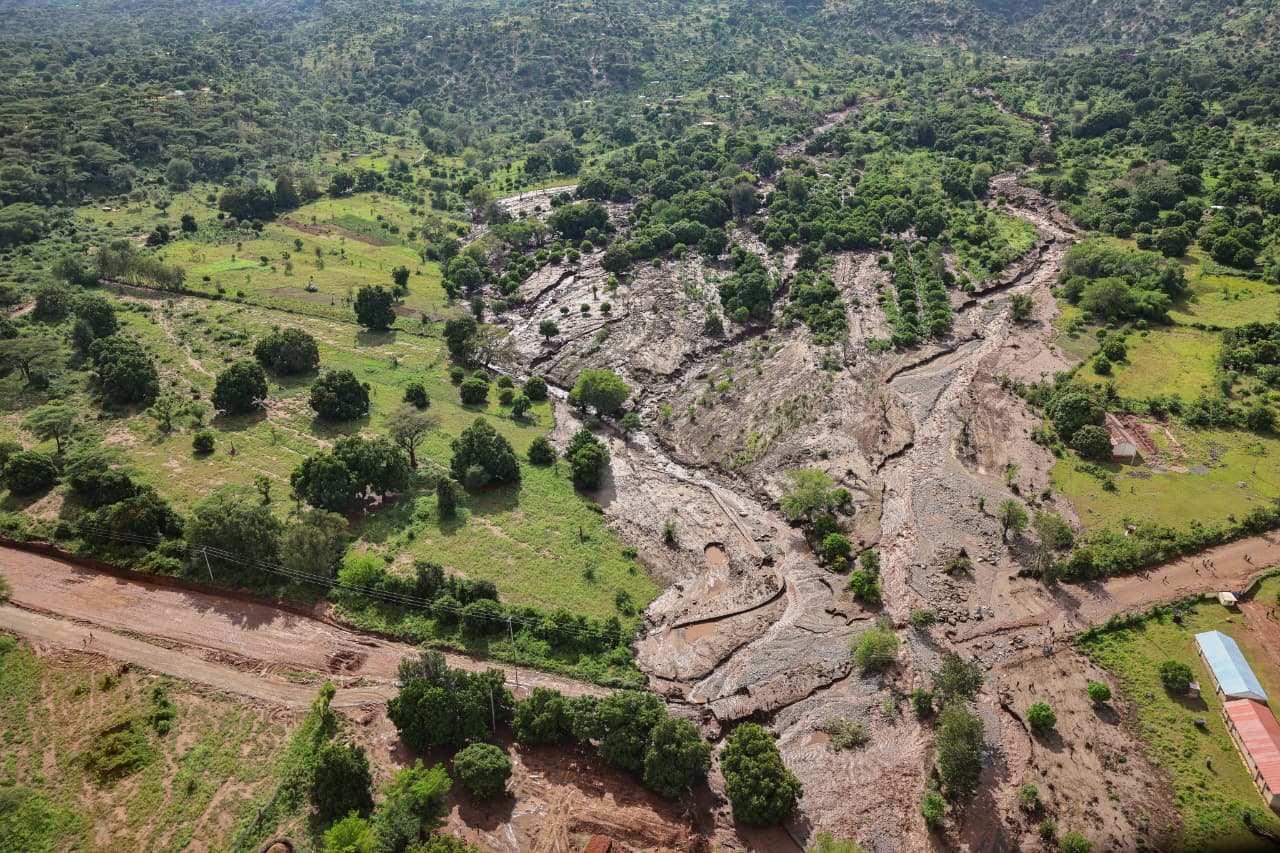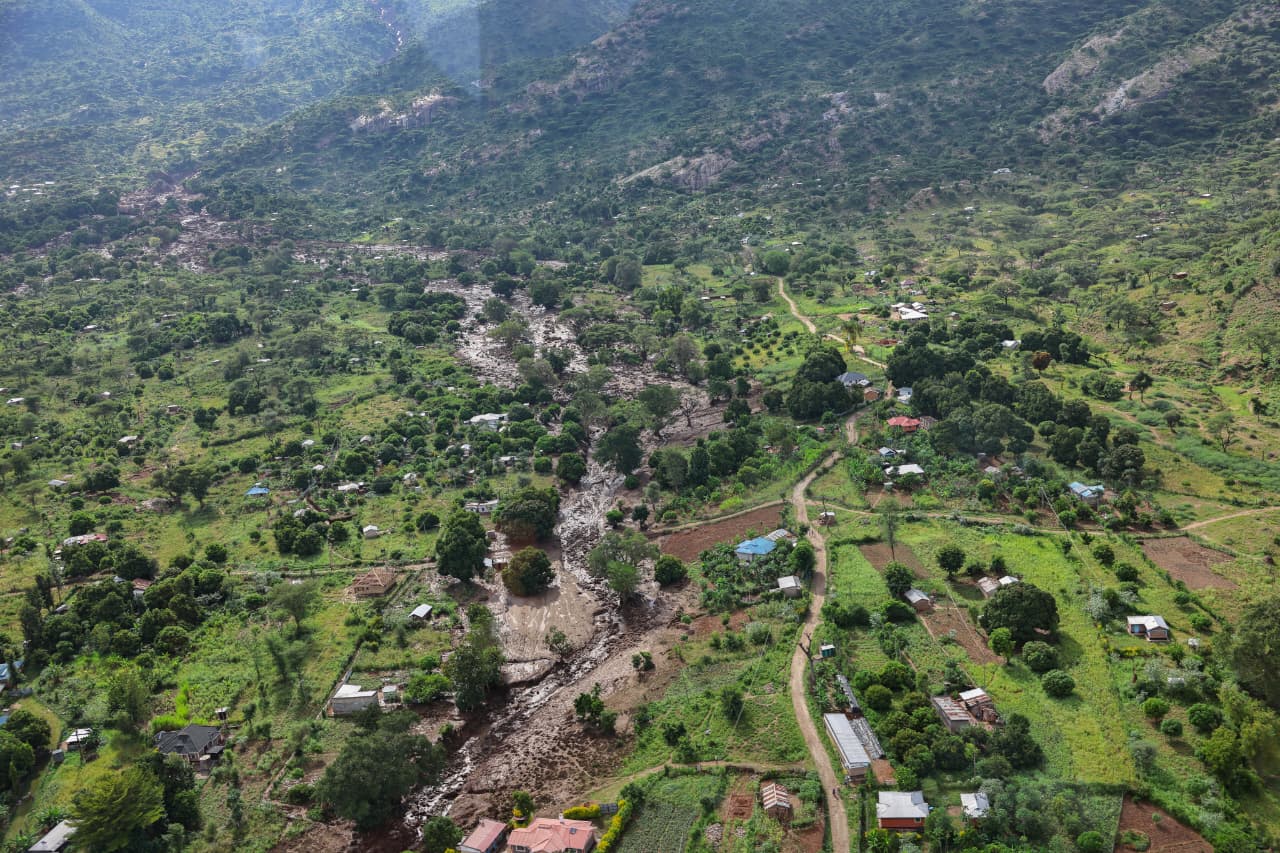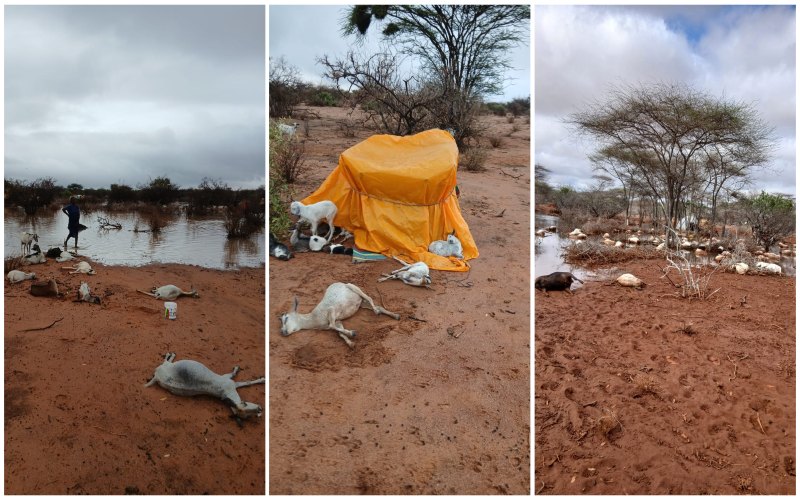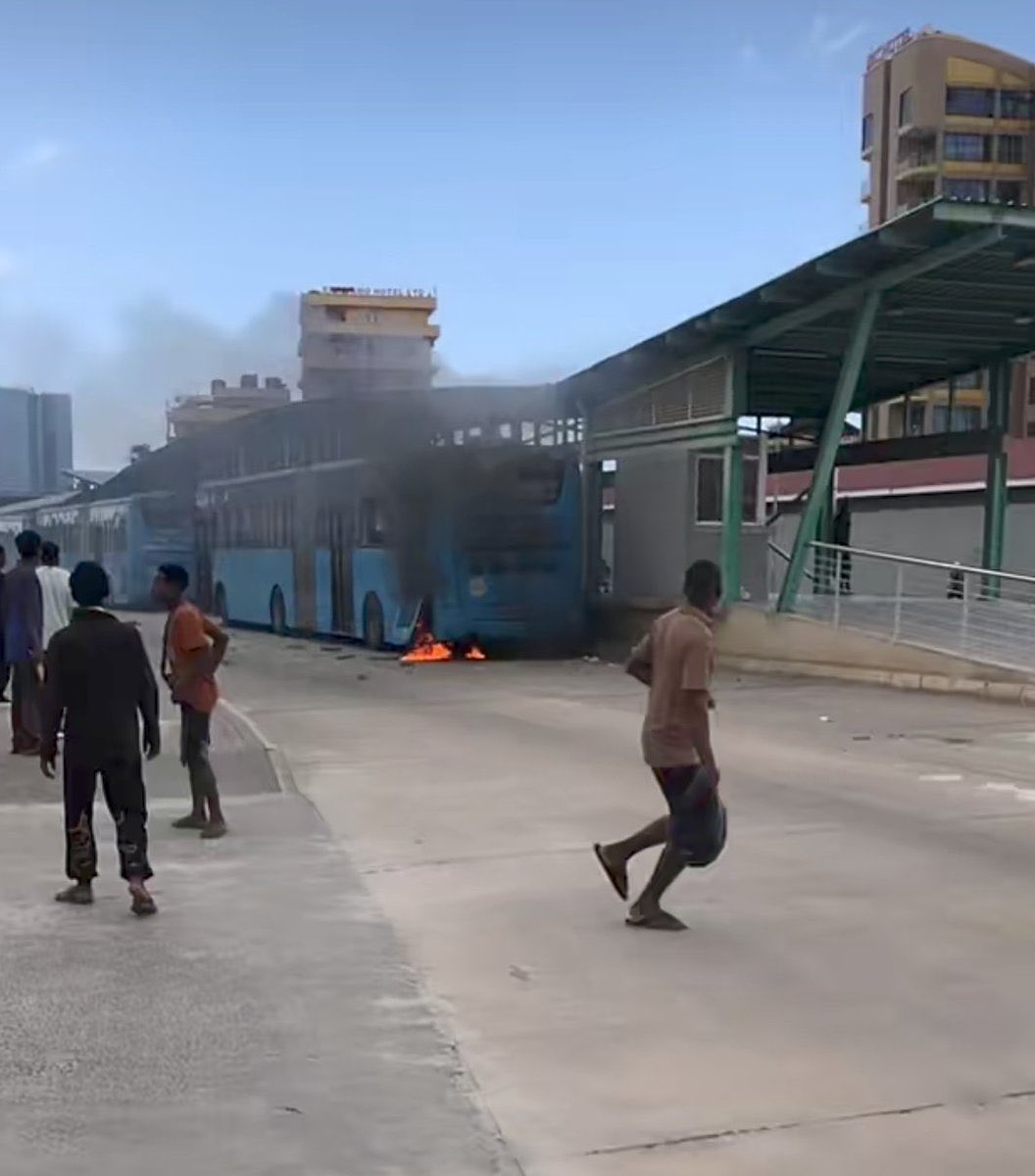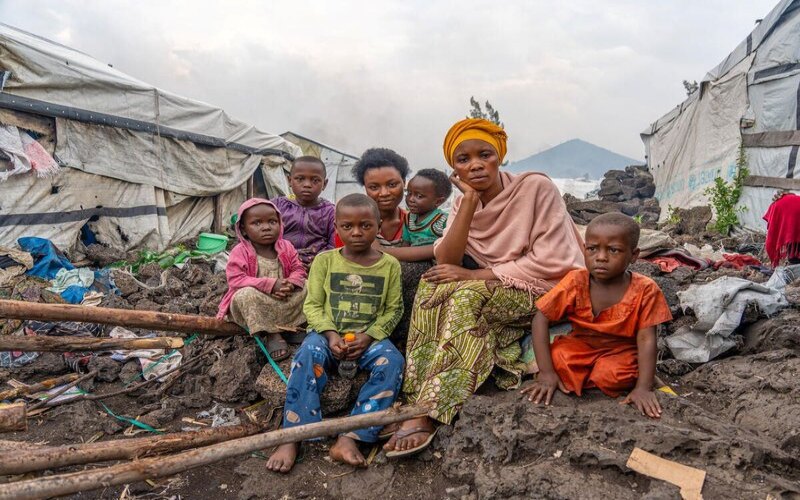Over two million people face severe hunger crisis in northern Ethiopia
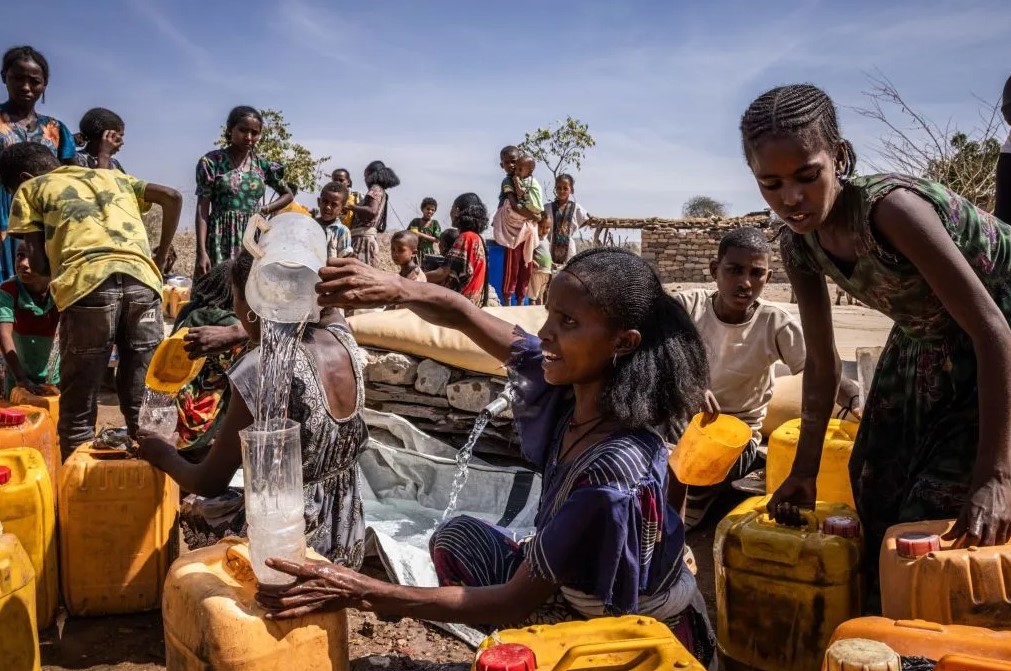
The population of Tigray, estimated between six and seven million, has been deeply affected by a two-year conflict that ended in late 2022.
Northern Ethiopia's Tigray region is confronting a severe hunger crisis, with more than two million people (about the population of Nebraska) affected by ongoing drought, failed crops, and the aftereffects of a brutal conflict.
July is a critical month for food security as farmers need to plant crops to take advantage of seasonal rains. However, satellite images from the BBC reveal that reservoirs and the farmlands they support have dried up due to last year's inadequate rainfall.
To salvage this year’s harvest, these reservoirs must be replenished by current rains. Without sufficient rainfall, irrigation systems become inoperable, leaving farmers struggling to sustain themselves.
“Even though our dam has run dry, our land remains,” says Demtsu Gebremedhin, a former farmer of tomatoes, onions, and sorghum. “So, we don’t give up and hope we will return to farming soon.”
This war, which involved local Tigray forces and the federal government, resulted in the deaths of hundreds of thousands, either through direct conflict or from starvation and lack of medical care.
Displacement camps were established to offer refuge and humanitarian aid. Although some people have returned home since the conflict’s end, many remain in these camps, relying on food aid due to the destruction of crops from insufficient rainfall.
One such camp, located near the town of Shire approximately 280 kilometres west of the Korir dam, shelters over 30,000 people. The camp's blue tents are provided by the International Organization for Migration (IOM), while the white tents are from the UN Refugee Agency (UNHCR).
According to Dr. Gebrehiwet Gebregzabher, head of the Disaster Risk Management Commission in Tigray, the region is experiencing its most critical period, known as the “peak hunger season.”
This is when food supplies are traditionally at their lowest, and crops need to be planted to prepare for the October harvest. “There are 2.1 million people at risk of starvation, with an additional 2.4 million relying on uncertain aid supplies,” he states.
Recent data from the Ethiopian government’s meteorology agency highlights the impact of poor rains last year. While northern Tigray and the neighbouring Afar region have suffered from drought, southern Ethiopia has faced flooding that damaged crops and livestock. Rainfall in January and February this year was also below average in many parts of Tigray, with only partial improvement in March.
Ethiopia is also grappling with additional challenges as recent landslides have resulted in numerous fatalities. The number of deaths from landslides in the mountainous Gofa zone in southern Ethiopia has reached 257, with the United Nations Office for the Coordination of Humanitarian Affairs (OCHA) projecting that the final toll may rise to 500. The UN released these figures on Thursday, revealing that the first landslide, triggered by heavy rains on Monday, was followed by a second slide that struck rescuers who had come to help those affected.
Top Stories Today
